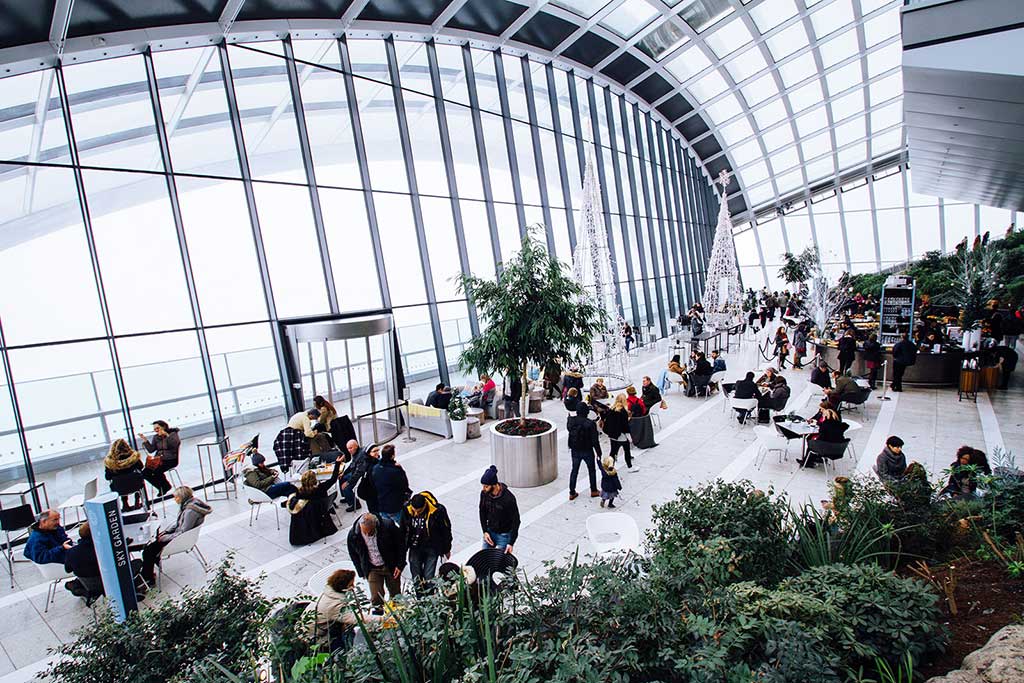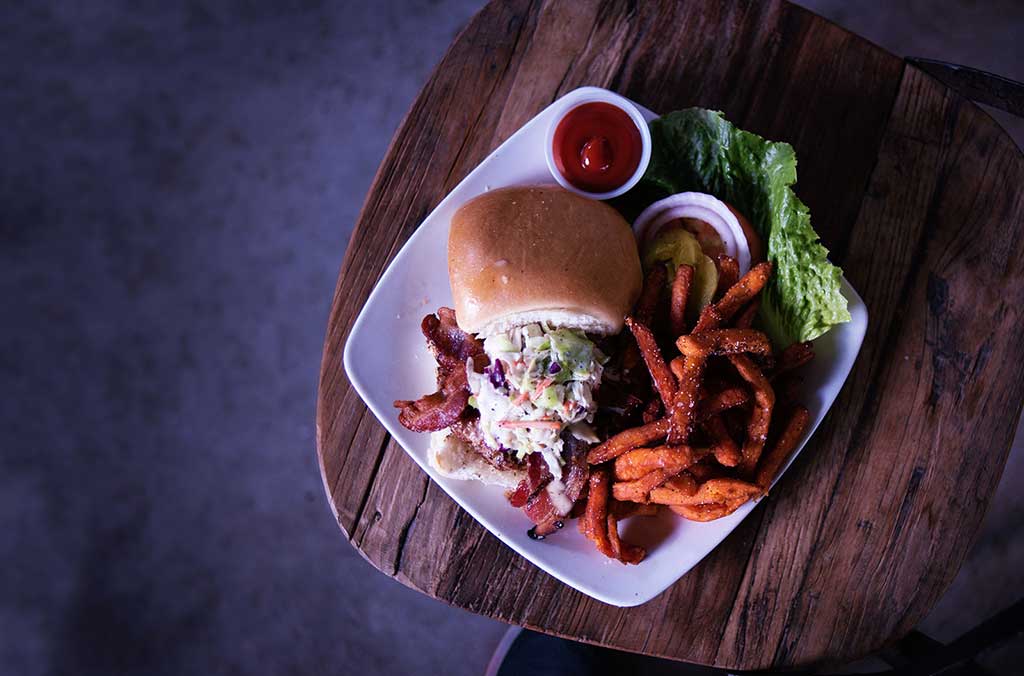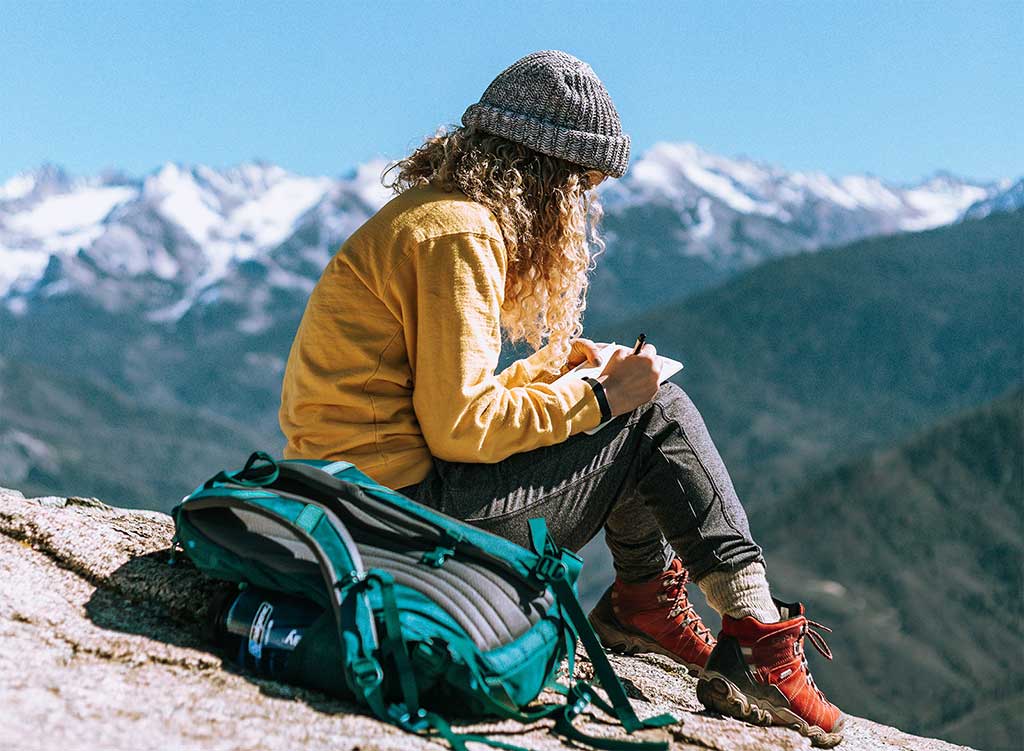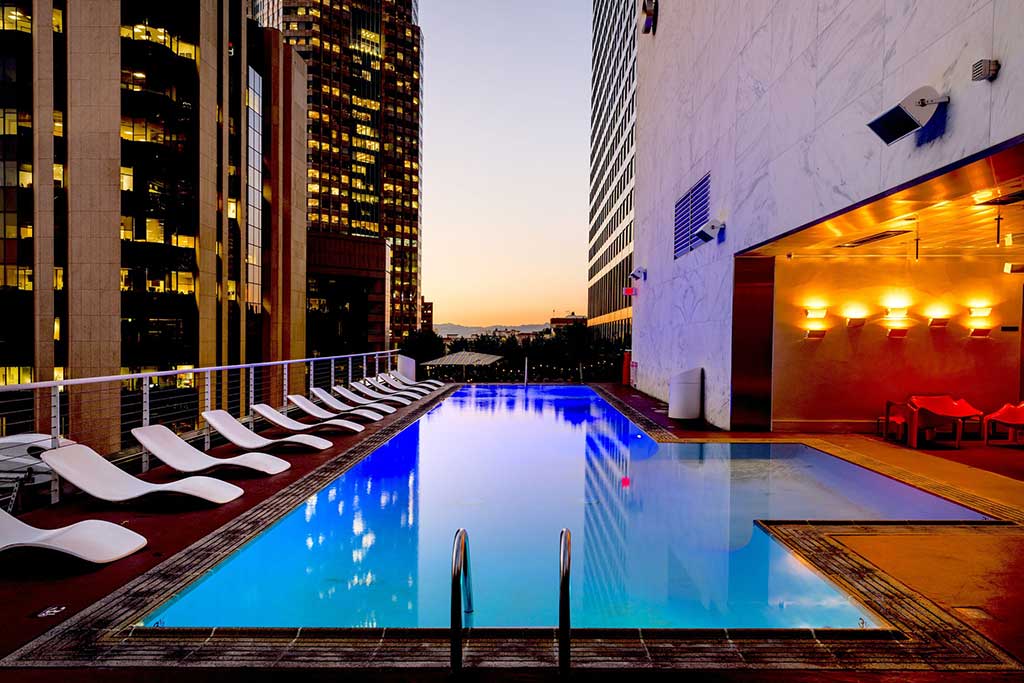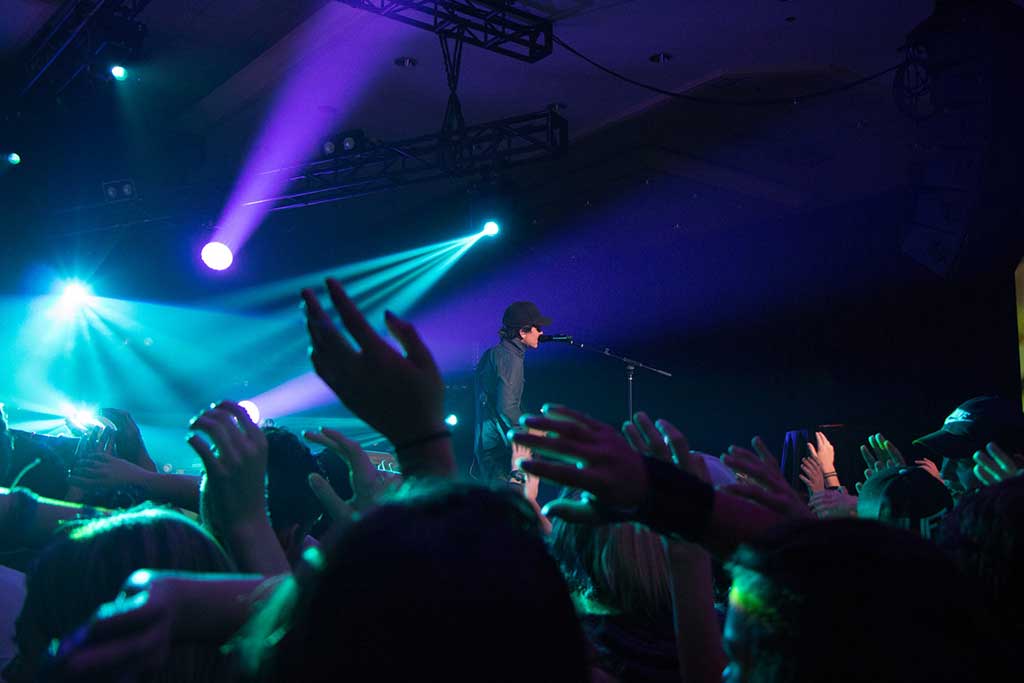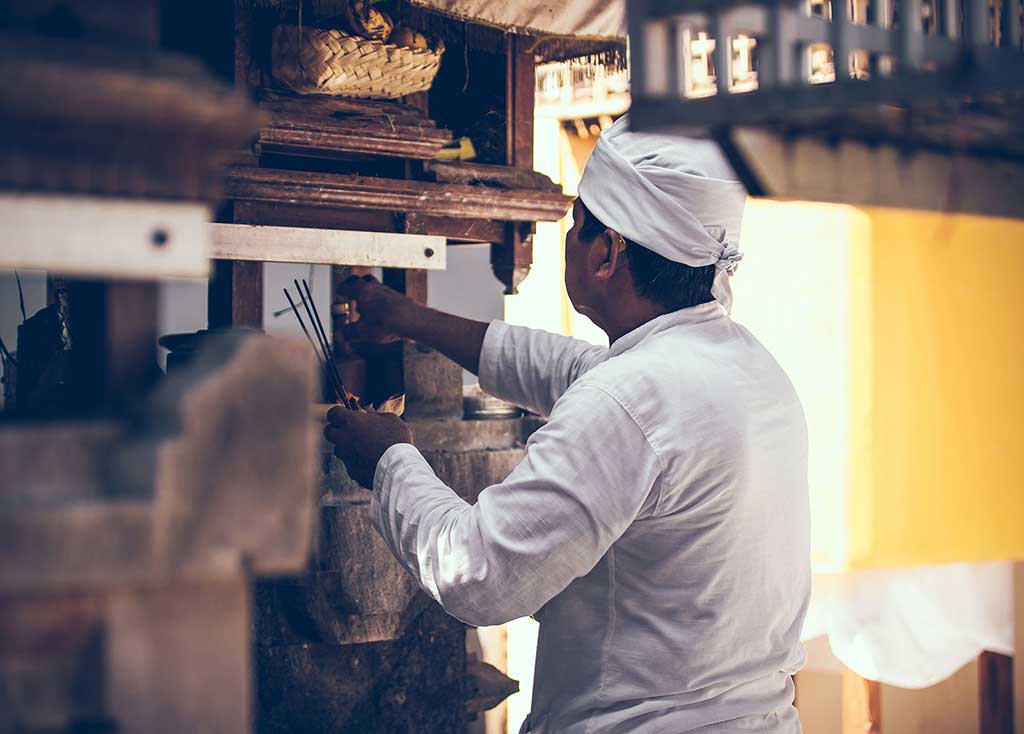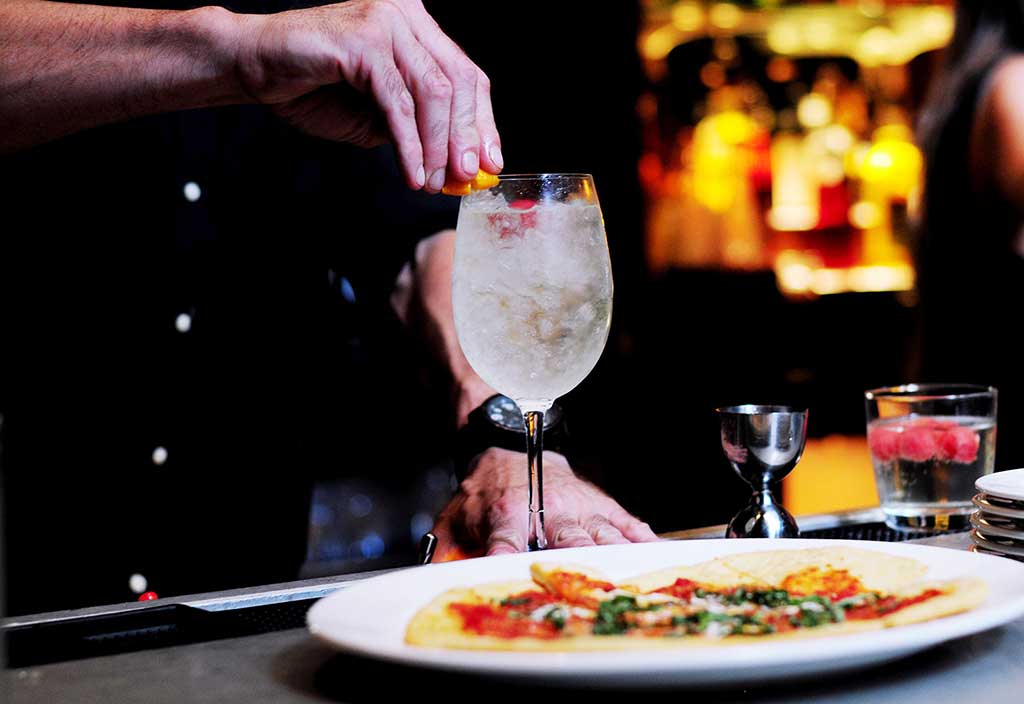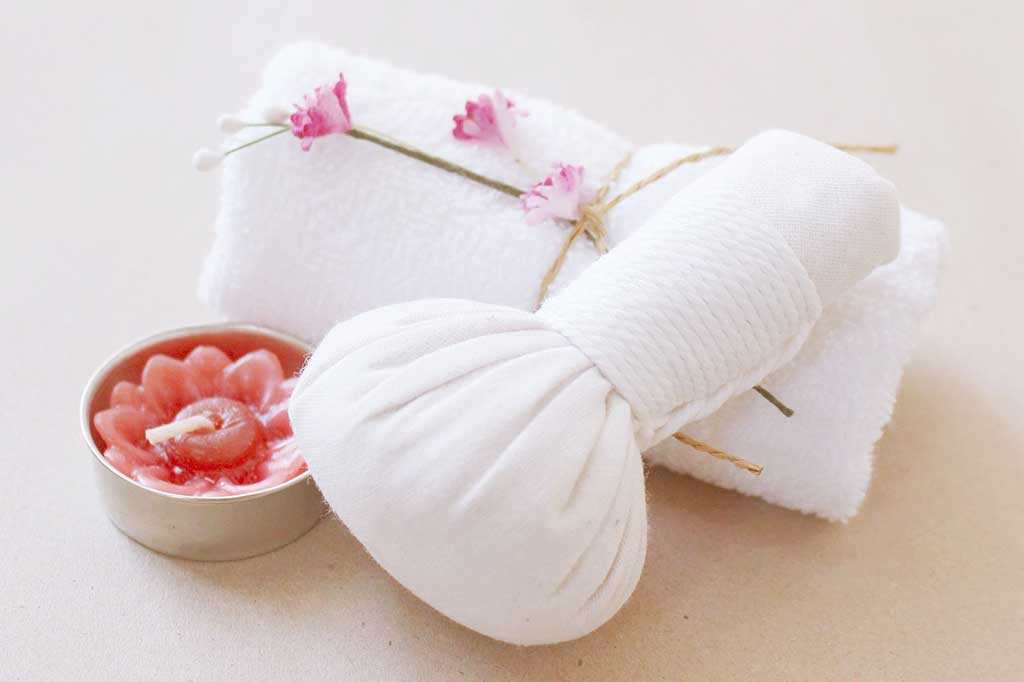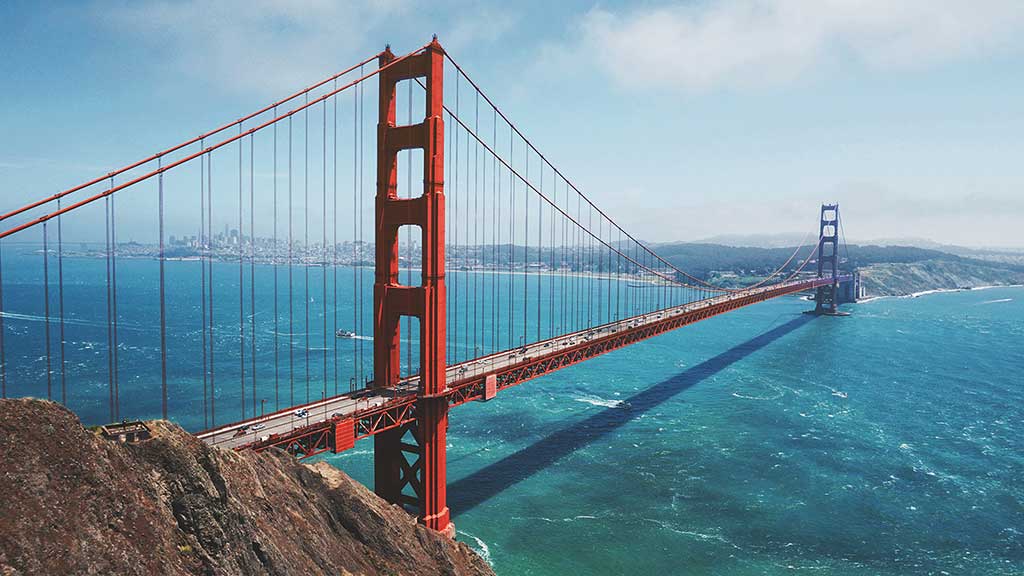Al Batinah
Al Batinah – Ancient Capitals – And home of Sinbad (Sindbad) the Sailor!
Forts, castles and long sandy beaches are the main attractions of this coastal region. Sohar is a maritime town, said to be the home of the legendary Sinbad the Sailor. Due to its maritime importance, Sohar, or Majan as it was known, was also the capital of Oman centuries ago.
After the destruction of the city in the 10th century it never regained its former glory, living a shadowy existence through the centuries. However, in the past 30 years it has developed again to become one of the most important economic centres in Oman. It is still sometimes referred to as the Gateway to China as it was the port from where traders embarked on their journeys to China.
The Sohar Fort is a landmark with historic significance, built on a hilltop with five impressive towers. Today, it houses a museum with collections of artefacts representing different periods of Omani history.
The Sohar Fort Museum was opened in February 1993. Displays include artefacts from the ancient copper trade in Sohar, exhibits demonstrating the historical importance of the city, its history of navigation and overseas trade with China, as well as other archaeological items of interest.
Suwaiq, Rustaq and Nakhal are particularly interesting for their forts, well-preserved houses and magnificent mountains. The Nakhal Fort is an exceptional example of the historical grandeur of the area and has been classified as pre-Islamic. Restoration was carried out in the 9th and 16th centuries.
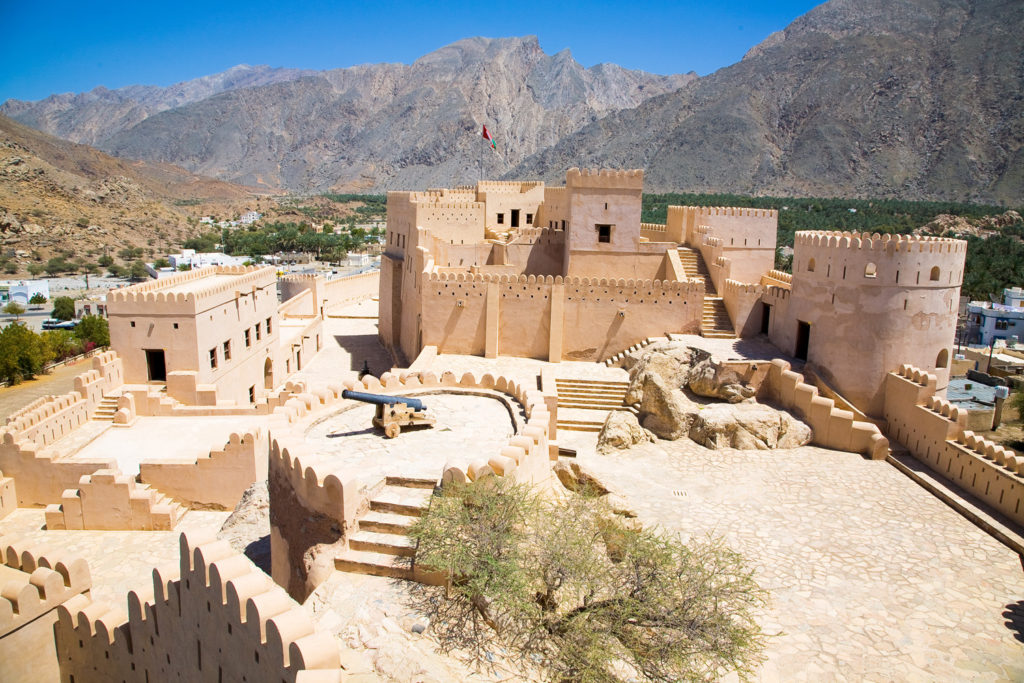
The fort is built over three levels, with winding routes leading from one level to another. From the summit, visitors can enjoy spectacular views of the countryside and the mountains. The hot springs of Ayn A’ Thowarah are located close to the fort and it is also the location of a picturesque oasis.
Rustaq was once the capital of Oman and is home to the Rustaq Fort, which was built four centuries prior to the dawn of Islam in Oman. It is an imposing structure built on three levels, containing separate houses, an armoury, a mosque and four towers with the tallest measuring over 18.5 metres. Hazm Fort, also in Rustaq, is an outstanding example of Omani Islamic architecture and was built in AD 1711. An outstanding feature of this fort is that the roof is built on columns, and contains no wooden supports.
Rustaq is also an area of healing and warm springs with the most notable being Ain al Kasafa. Its water runs at 45°C and is often regaled for providing relief for rheumatism and skin diseases due to its high sulphur content.
There are three popular wadis to visit in the area; Wadi Bani Ghafir; Wadi al Sahtan and Wadi Bani Awf. The mountains are pitted with caves such as Al Sanaqha Cave with its own subterranean springs.

